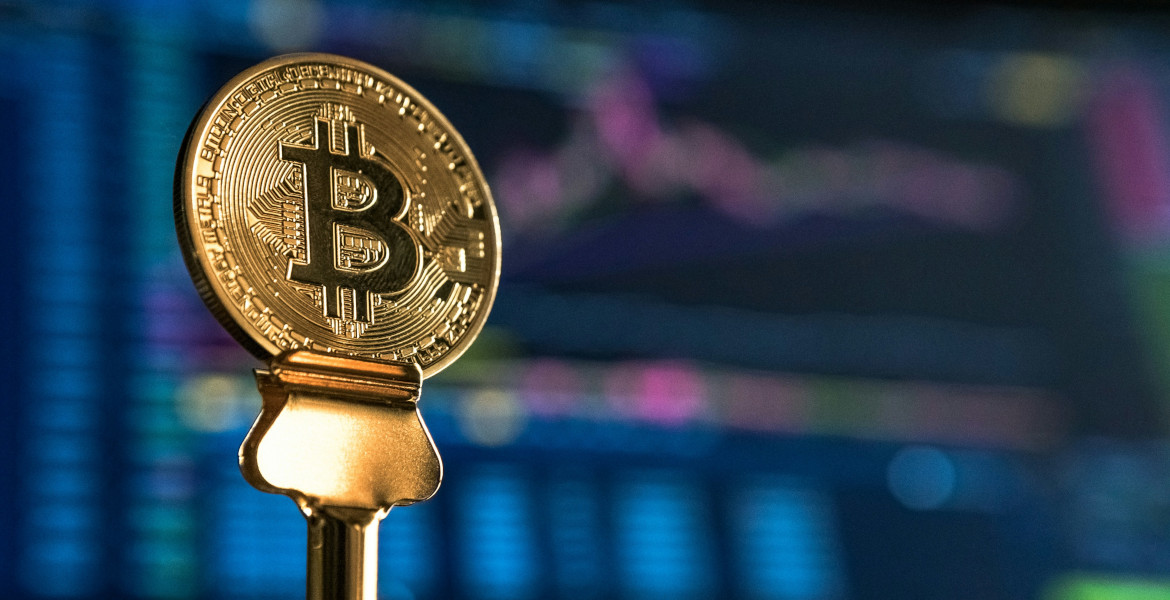Norwegian banks made record profits from interest income in the first quarter of the year, despite higher wage costs and slower loan growth.
Meanwhile, life insurers have improved their results, while non-life insurers are struggling with increased claims costs, partly due to storm Ingunn earlier this year.
Norwegian banks reported interest income of NOK 32.9 billion (€2.9 billion) in the first quarter of this year, an increase of NOK 3 billion (€260 million) compared with the same period last year. Return on equity rose from 14.3% to 14.6% during the same period, according to the Norwegian Financial Supervisory Authority (Finanstilsynet).
“For the banks as a whole, the return on equity rose from 14.3% in the first quarter of 2023 to 14.6% in the first quarter of this year. The improvement in profitability is mainly due to an increase in net interest income”, the FSA said in a press release.
The earnings report shows that banks’ wage costs increased slightly compared to last year, while total operating costs decreased. At the same time, growth in loans to customers has slowed over the past year, with a 12-month growth rate of 3.8% at the end of 2023.
“Extreme weather”
“Growth in loans and advances to customers has slowed over the past year, with a twelve-month growth rate of 3.8% at the end of 2023. The decline in loan growth was particularly pronounced for loans to domestic corporate customers, which fell from 12.2 percent to 5.0 percent. Growth of loans to domestic retail customers was 3.3%, 1.9 percentage points lower than a year earlier and unchanged from the previous quarter”, the report said.
Life insurers improved their performance in the first quarter, while non-life insurers posted a much weaker result. Measured as a share of insurance income, the pre-tax result was 26.8%, down 7.3 percentage points.
“In particular, the claims ratio has increased, partly as a result of the ‘extreme weather’ Ingunn in late January and early February and higher claims frequency in property and motor vehicles”, the report says.
The report underscores how banks and insurers are affected by economic and environmental factors and highlights the importance of adapting to changing market conditions.








